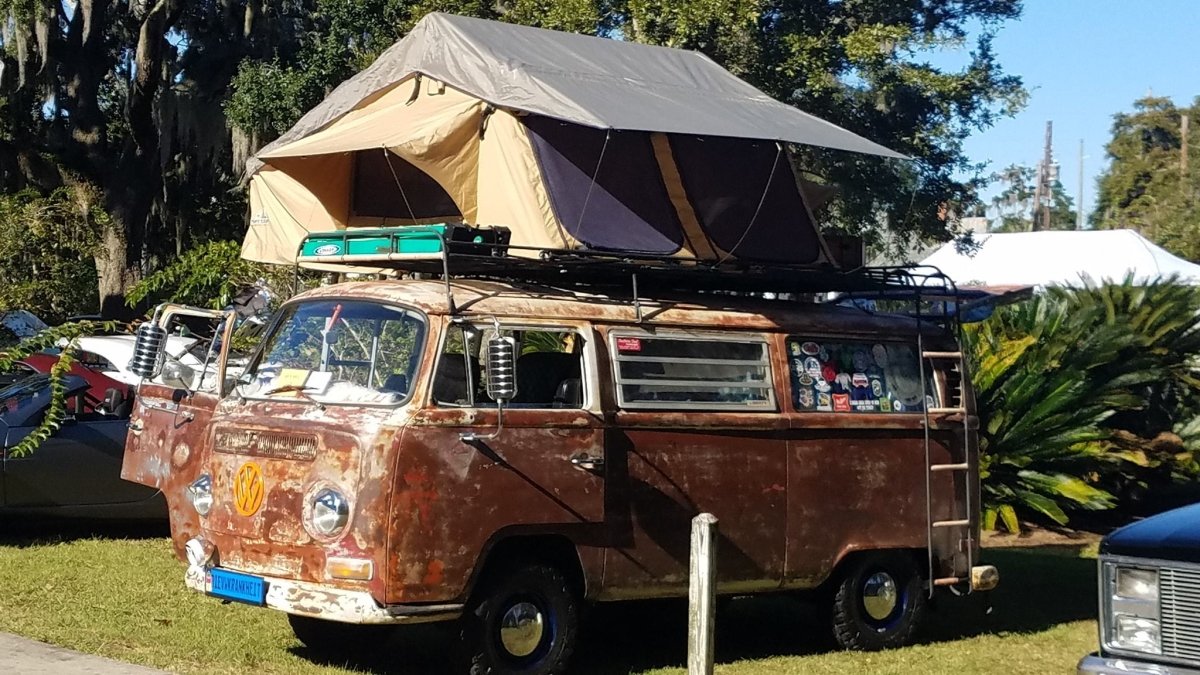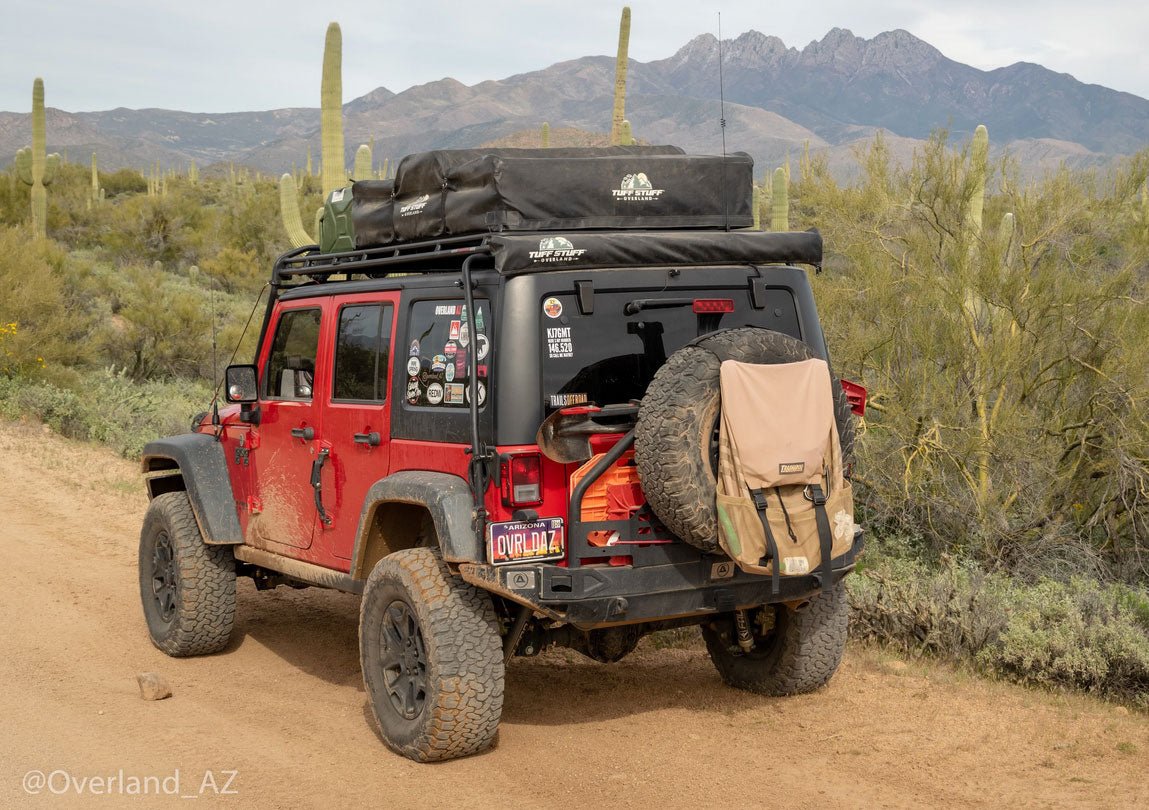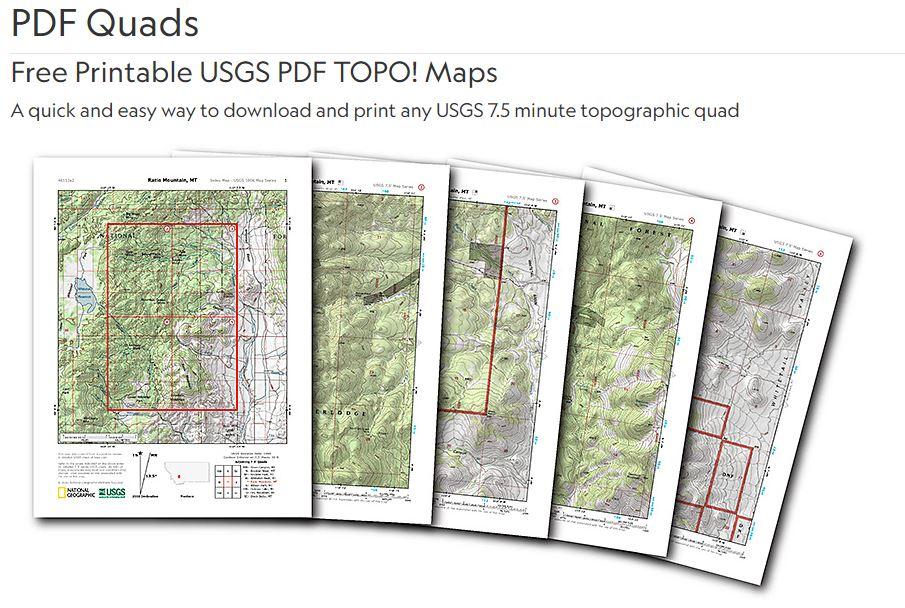By Ferenc Elekes of Overland Site
Overlanding is becoming more and more popular each day. A combo between off-roading and road-tripping, overlanding is great for those who just want to escape their city homes. It’s a reason to explore while getting a change of pace. This article will offer you some basic details on overlanding so that you may plan your next trip.
History of Overlanding
The concept of overlanding has been around for quite some time. The first ideas of overlanding could be traced back several centuries ago, in the bushes of Australia. At that point, farmers would seasonally guide and transport their livestock across a great distance. This would usually be essential when the weather did not allow them to properly raise them.
One more reason for their trips would be exploration. In their desire to find more lands that could be farmed, people would travel around on various forms of transportation. It is said that Marco Polo’s trip from Venice to the Court of Kublai Khan was also a form of overlanding.
These days, overlanding is like a road trip where it’s not the destination that matters; it’s the trip itself. This kind of adventure was meant to be unplanned (for the most part), as the passengers would discover various corners of the world.
Famous Overlanding Trails
While overlanding is a type of trip that is pretty much planned on the spot, you still need to have a broad idea of where you are going. First and foremost, you need to pick a trail. Here are some options for you to drive on:
Basic Requirements for Overlanders
When you are overlanding, there are several pieces of equipment that you need to take with you. This will make the difference between a comfortable trip and one that feels lacking. Here’s what you need to put on your shopping list:
Tips for Driving in High Heat as an Overlander
With Canada hitting a record of 121 degrees Fahrenheit during the heatwave, you can only imagine what overlanding in these conditions looks like. Death Valley is expected to reach 127 degrees the following days, and we are barely in July. Summer is just starting. To make things easier for you, here are some tips for you to deal with high heat as you are overlanding.
The best way to handle high heat is to avoid those routes altogether. Stick with the areas that reach only temperatures you can handle. You can always pick up the other trails when the heatwave goes down and things become more comfortable.
The last thing you want is for your air conditioner to break down when the temperatures are at their highest. This is why, before setting off, you should have your AC checked. This should especially apply if you’ve noticed it acting funny before.
Tires are very sensitive to high temperatures, which is why you may want to check their pressure. If temperatures are too high, the pressure might increase, leading to a blowout. Make sure to check the spare as well.
Perhaps the most important point to remember is that you should stay hydrated. Since it’s warmer in the backseat, make sure those passengers have access to water and moisturizing snacks – perhaps some apples or other fruits.
The Bottom Line
Overlanding is a great way to catch your breath and let loose. You just need to prepare for the trails you have in mind – and after that, it’s all about having fun.



